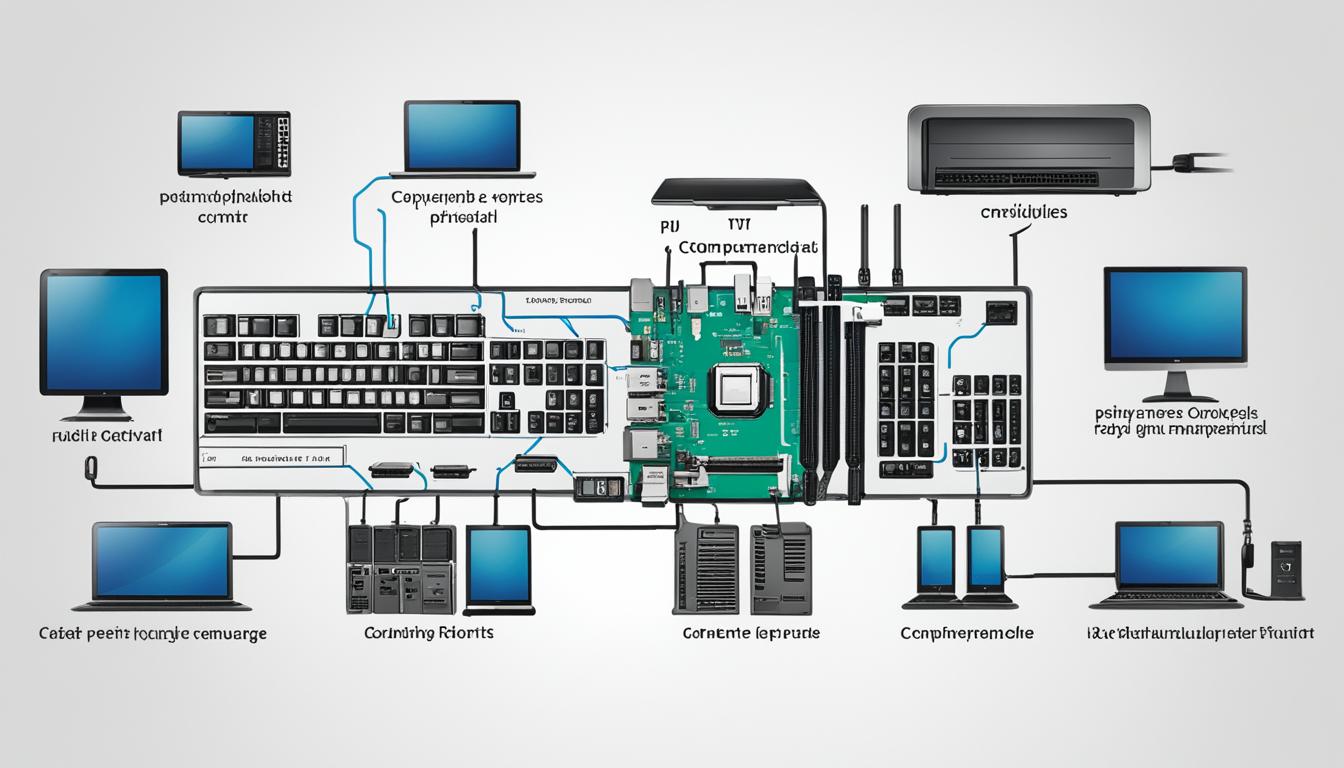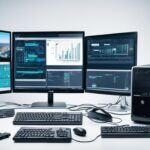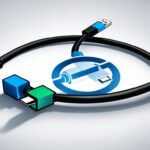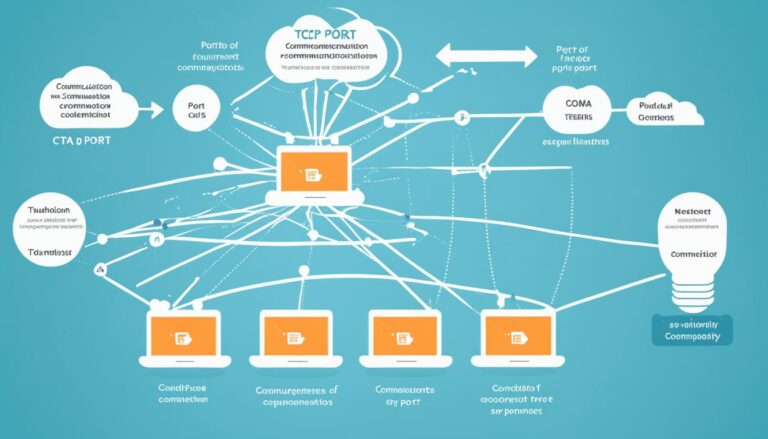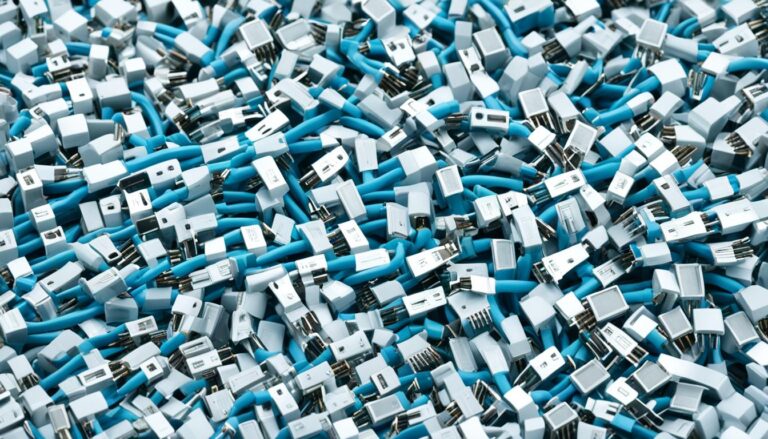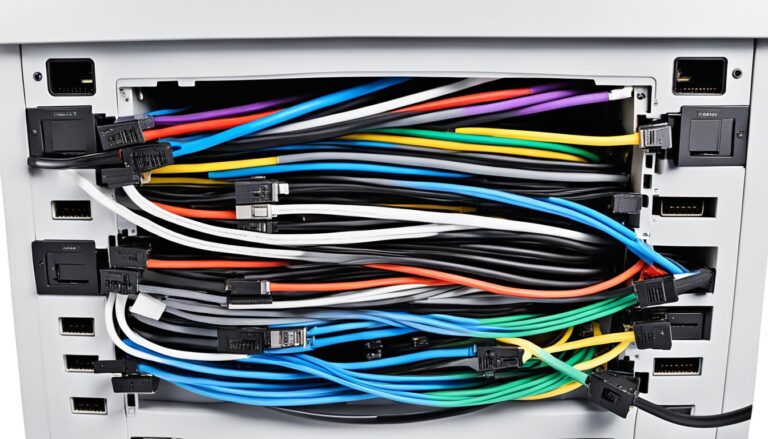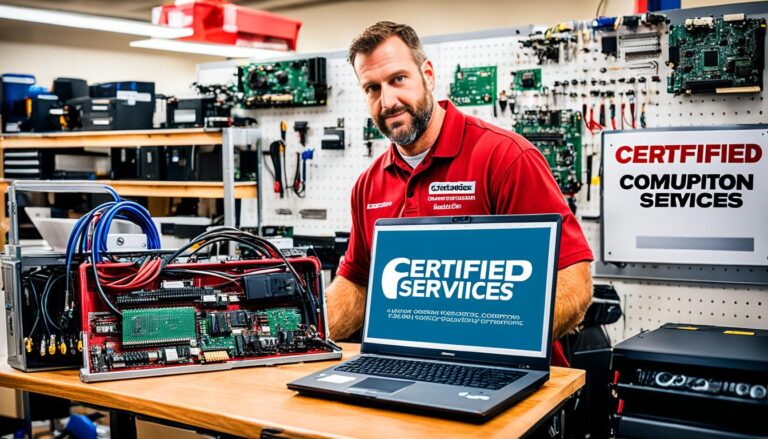CodyCross is a fun crossword puzzle game. It challenges players with different clues and questions. One puzzle, “Mexico Group 1380-Puzzle 2,” asks about computer ports for peripherals.
Computers have many ports for connecting devices like keyboards and printers. Common ports include USB, HDMI, and Ethernet. Each port lets users connect various peripherals easily.
Common Types of Ports on a Computer
Computers have many ports to link devices like keyboards and mice. These ports let us connect and use external devices. Knowing the different ports helps us use our devices better. Let’s look at some common computer ports:
1. USB (Universal Serial Bus)
USB ports are great for plugging in many devices because they are versatile. They support data transfer and power. You can use them for flash drives, keyboards, and more. They come in versions like USB 2.0 and USB-C, offering various speeds and power.
2. HDMI (High-Definition Multimedia Interface)
HDMI ports connect computers to screens like monitors and TVs. They carry high-quality sound and video. This is great for watching movies or giving presentations. HDMI gives you a clear and immersive experience.
3. Ethernet
Ethernet ports, found on desktops and some laptops, offer a fast wired internet connection. They link your computer to routers for stable internet. This is key for fast-paced online games and streaming videos.
4. DisplayPort
DisplayPort connects to screens, just like HDMI. But, it also has cool extras like supporting multiple monitors. Professionals prefer it for working with lots of screens.
5. Audio Jacks
Audio jacks are key for linking headphones, mics, and speakers to your computer. They let you enjoy or create sounds. Whether listening to music or chatting online, audio jacks are crucial.
In summary, computers come with ports for all kinds of devices. USB ports are versatile, HDMI delivers great audio and video, Ethernet offers stable internet, DisplayPort is great for multiple screens, and audio jacks are for sound. Knowing these helps you connect devices easily.
USB Ports – The Versatile Connection
USB ports are key in today’s computers. They are the main connection for attaching devices. Known for their flexibility, USB slots let us easily connect a range of gadgets.
Different versions exist, like USB 2.0, USB 3.0, and USB-C. Each version has its own features and speeds. These differences cater to various user needs.
For connecting gadgets like keyboards or printers, USB ports are perfect. They work well with many devices. This ensures a trouble-free connection experience.
Let’s explore the various USB ports and what they offer:
USB 2.0
USB 2.0 is found on numerous computers. It’s good for devices that don’t need fast data transfer. Think keyboards and mice.
USB 3.0
USB 3.0, or USB 3.1 Gen 1, is quicker than USB 2.0. It reaches speeds up to 5 Gbps. Ideal for external drives and large files.
USB-C
USB-C represents the latest in USB tech. It brings faster data speeds, power delivery, and video output. Modern devices often include USB-C for better connectivity.
USB ports made connecting devices simpler. They are a must-have in any computer setup. Their ease of use and broad compatibility are key benefits.
| USB Version | Data Transfer Speed | Power Delivery |
|---|---|---|
| USB 2.0 | Up to 480 Mbps | Low power output |
| USB 3.0 (USB 3.1 Gen 1) | Up to 5 Gbps | Higher power output |
| USB-C | Up to 10 Gbps | Enhanced power delivery |
As shown, USB 3.0 and USB-C are much speedier than USB 2.0. Plus, USB-C can charge devices faster. It supports high-power peripherals too.
USB ports are evolving to lead in connectivity. They suit everyone, from professionals to everyday users. USB provides the flexibility and convenience we all need.
HDMI Ports – High-Quality Video and Audio
HDMI ports connect computers to screens like monitors and TVs. They send high-quality video and sound. This makes them great for many multimedia uses.
These ports mix video and audio in one cable. This makes setting up easier and keeps things tidy.
HDMI ports are common in laptops, desktops, and entertainment devices. They work with many video qualities, from Full HD to 4K. This lets users enjoy great visuals on their displays.
Using an HDMI port for connecting a monitor or TV enhances image and sound. It’s good for gaming, watching films, designing graphics, and editing videos. Quality in visuals and sound matters a lot for these activities.
For work, gaming, or watching shows, HDMI ports make sure your computer and screen connect well. They offer an engaging experience in both visuals and sound.
HDMI ports let you hook up many monitors. This is good for multitasking and productivity. It helps professionals and gamers who need more screen space.
HDMI ports are handy for hooking up monitors and TVs to computers. They provide top-notch video and sound. Their ease of use and wide compatibility make them an important part of modern computer systems. They boost the user experience and allow for smooth multimedia use.
| HDMI Port Advantages | HDMI Port Disadvantages |
|---|---|
| High-quality video and audio transmission | May not be compatible with older devices |
| Supports various video resolutions, including 4K Ultra HD | Limited cable length |
| Single cable for both video and audio | Requires compatible HDMI cables |
| Easy setup and reduced cable clutter | May require adapters for specific devices |
Ethernet Ports – Wired Networking Solutions
In our digital world, having a stable internet connection is vital for tasks like online gaming and video streaming. Despite Wi-Fi’s convenience, Ethernet ports offer a better wired networking solution. They give us a more dependable and quick internet connection.
Desktop computers and some laptops have Ethernet ports. These ports let us connect our devices to routers and modems using Ethernet cables. This creates a wired connection to the internet, avoiding unreliable wireless signals.
Ethernet ports are known for their reliability. They provide a constant connection, unlike Wi-Fi, which other devices and barriers can disrupt. These ports are perfect for activities that need non-stop internet, like gaming or watching HD videos.
“Ethernet ports provide a stable and high-speed internet connection, ensuring a seamless online gaming or video streaming experience.”
Ethernet ports also give us quicker speeds than Wi-Fi. This matters a lot when we’re transferring big files, updating software, or streaming in high quality. With Ethernet, data moves faster, and we see less lag and fewer buffering problems.
To use Ethernet ports, we need the right Ethernet cable. The RJ45 is the most common type, with an eight-pin connector. We can find Ethernet cables in stores or online, ensuring they match our device’s port.
Ethernet ports offer a reliable, quick, and stable internet for many tasks. For online gaming, streaming, or large downloads, Ethernet beats Wi-Fi in performance.
| Ethernet Ports | Advantages |
|---|---|
| Reliable | Stable connection without interference |
| High-speed | Faster data transfer rates |
| Low latency | Reduces lag and buffering issues |
Other Types of Ports and Their Uses
Computers have more ports than just USB, HDMI, and Ethernet. These ports let you connect lots of different devices. DisplayPort and audio jacks are two important ones.
DisplayPort
DisplayPort connects computers to screens and projectors. It shows videos and pictures in high quality, making colours pop. Many gamers and designers use it because it can connect to several screens at once, making work and play better.
Audio Jacks
Audio jacks are where you plug in headphones, mics, and speakers. They make sure you hear crisp sound, whether you’re listening to tunes, chatting, or in online meetings. Audio jacks are crucial for good sound on your computer.
DisplayPort and audio jacks help you set up your computer just how you like. They let you do more with your machine, from jamming to tunes to creating awesome videos.
Below is a table summarizing the key features and uses of DisplayPort and audio jacks:
| Port | Key Features | Uses |
|---|---|---|
| DisplayPort | – High-definition video and audio transmission – Daisy-chaining support |
– Connecting monitors – Linking to projectors – Gaming and graphic design |
| Audio Jacks | – Audio input and output capabilities – Compatibility with headphones and microphones |
– Connecting headphones – Attaching microphones – Connecting speakers |
Getting to know DisplayPort and audio jacks can really level up your computer use. They open up new ways to play games, work, or just enjoy media. With these ports, the possibilities are endless.
Conclusion
It’s important to know about the different ports on a computer. This knowledge helps in games like CodyCross. USB ports are super useful. They let you connect things like keyboards, mice, printers, and hard drives. This makes your computer work better for you.
HDMI ports are great for sound and picture. They let you hook up your computer to TVs and monitors. This way, you can watch movies, play games, or do presentations in high quality.
Ethernet ports are key for a solid internet connection. They’re perfect for when you need a fast and reliable link. This means smoother online gaming, video calls, and quick downloads. With Ethernet, you won’t have to worry about losing connection or slow speeds.
There are other ports besides USB, HDMI, and Ethernet. DisplayPort connects to monitors and projectors with high resolution. Audio jacks are for plugging in headphones, microphones, and speakers. This lets you enjoy music, join in on calls, or dive into game sounds.
Understanding these ports will help you with puzzles in CodyCross and teach you about your computer. Knowing what each port does lets you get the most out of your computer. It leads to a better computing experience.
FAQ
What are computer ports used for?
Computer ports let us connect devices like keyboards and printers to our computers.
What are some common types of computer ports?
Common computer ports include USB, HDMI, Ethernet, DisplayPort, and audio jacks.
What is the function of USB ports?
USB ports make it easy to connect a variety of devices, like mice and external hard drives, to computers.
How are HDMI ports used?
HDMI ports connect computers to TVs, giving us high-quality video and sound for movies and games.
What is the purpose of Ethernet ports?
Ethernet ports let computers hook up to the internet with a cable, enabling fast and stable online access.
Are there any other types of ports on a computer?
Yes, computers may also have DisplayPort for monitors and audio jacks for connecting headphones and speakers.
